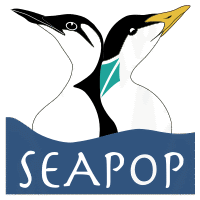Levels and temporal trends (1983-2003) of polybrominated diphenylethers (PMDEs) and hexabromocyclododecane (HBCD) in seabird eggs from N
Helgason, L.B., Føreid, S., Bæk, K., Polder, A., Gabrielsen, G.W., Barrett, R., Skåre, J.U. 2009. Levels and temporal trends (1983-2003) of polybrominated diphenylethers (PMDEs) and hexabromocyclododecane (HBCD) in seabird eggs from Northern Norway. Environmental Toxicology and Chemistry 28: 1096–1103.
